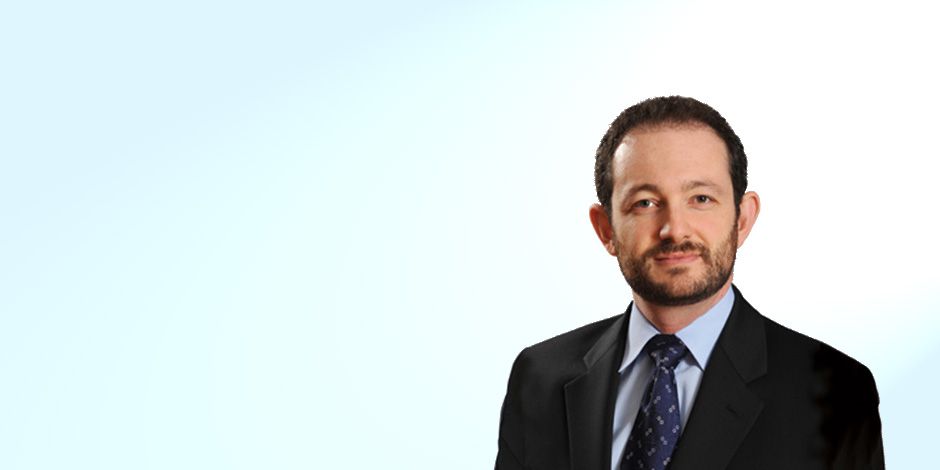
Janus Henderson: Intech - the current stability of global equity markets
The Intech Equity Market Stress Monitor is a collection of five metrics Intech believe are reliable indicators of equity market stress, based on the company’s 30-year history of studying volatility.
08.02.2019 | 10:58 Uhr
Intech’s latest report – download here - suggests that risk of a dislocation in equity markets remains elevated, with European equity markets exhibiting the strongest stress signals while emerging markets show less signs of strain. These stress indicators suggest a continued potential for downside risk.
Executive summary
A highly volatile Q4 drove the U.S. equity markets into negative territory for the year after being up by more than 10% at the end of September. Non-U.S. developed and emerging markets posted double-digit losses for 2018. Last year marked the return of volatility; the number of daily return swings greater than 1% rose to 64 in 2018 from 8 in 2017 as measured on the S&P 500 index. In 2018, we saw two corrections in the U.S. equity market (down by more than 10% from a recent peak), and it approached bear territory (down by 20%) on Christmas Eve.
The Intech Equity Market Stress Monitor™ metrics across markets started the year at extreme levels, which should be interpreted as signs of market instability and a possible precursor to substantial volatility. Throughout the year, we saw some of these risk metrics move closer to more normal levels. All this happened while equity markets experienced significantly higher levels of volatility.
The unprecedented divergence in capital concentration between U.S. and non-U.S. developed markets continued into Q4, increasing in the U.S. with narrow leadership in large growth stocks while decreasing in other developed markets.
Skewness of returns showed a clear divergence in trends between the U.S. and the rest of the world in 2018. After being in the top quintile level at the beginning of the year, the skewness of returns in the U.S. shifted to median levels toward the end of the year as investors reacted to news, balancing out return distributions. On the other hand, we saw an increase in the skewness of returns in the non-U.S. developed markets as measured on the MSCI EAFE Index. This difference in trends reflects an uncommon divergence in market sentiment.
As we enter 2019, the risk metrics continue to exhibit signs of stress across many markets, albeit less extreme than a year ago. Today, the greatest stress is observed in european and emerging markets equity indexes.




Diesen Beitrag teilen: